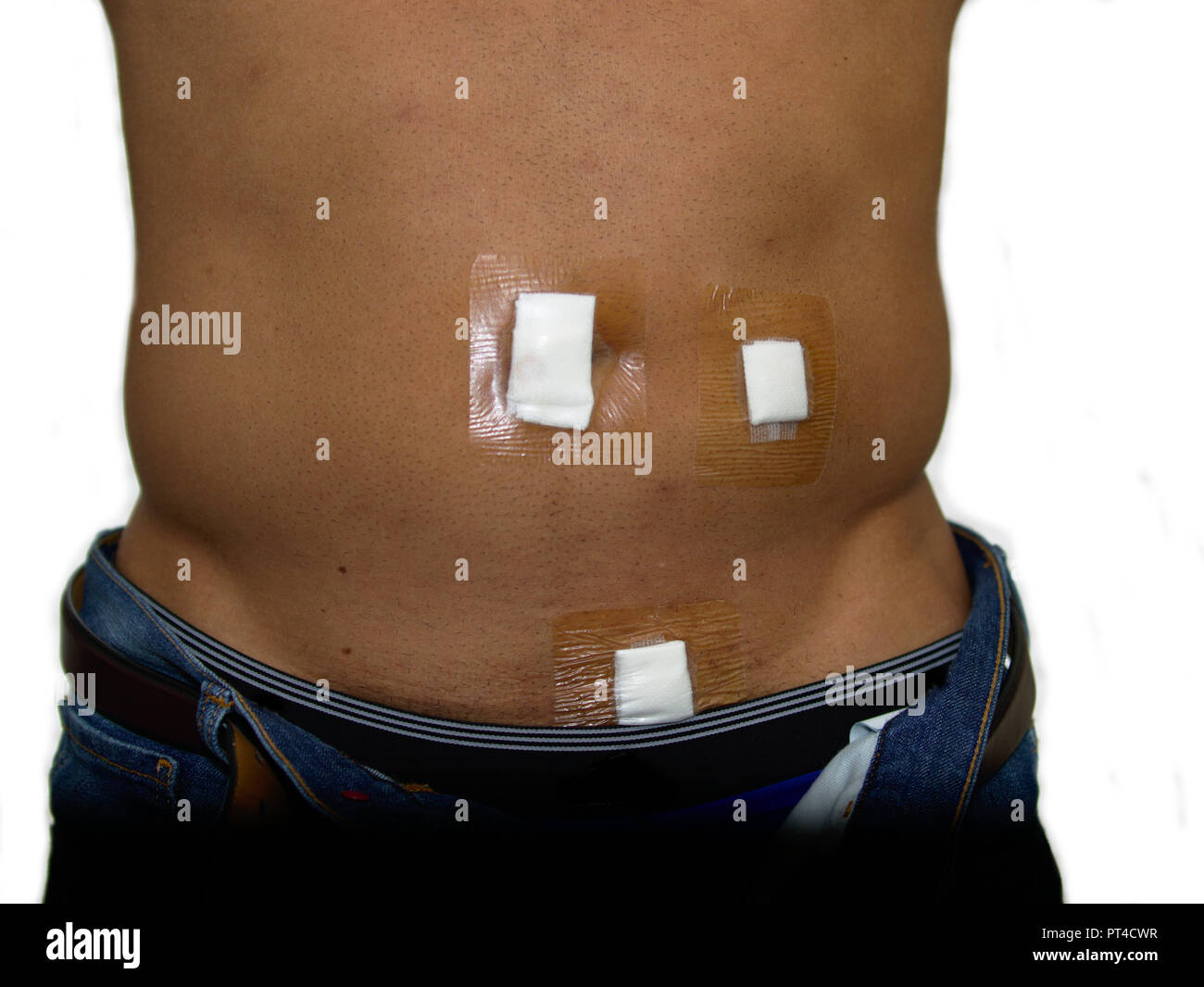Dental Freezing Safety

Dental freezing, also known as local anesthesia, is a common practice in dentistry used to numb the pain in a specific area of the mouth during various dental procedures. While dental freezing is generally considered safe, there are potential risks and complications that can arise if not administered properly. It is essential to understand the safety aspects of dental freezing to ensure a comfortable and successful dental experience.
One of the primary concerns with dental freezing is the risk of nerve damage. The nerves in the mouth are complex and can be easily damaged if the anesthetic is injected too close to the nerve or if the needle is inserted at the wrong angle. Nerve damage can result in numbness, tingling, or pain in the affected area, which can be temporary or permanent. To minimize this risk, dentists use specialized techniques and equipment, such as digital X-rays and dental microscopes, to visualize the nerves and avoid damaging them.
Another potential risk associated with dental freezing is an allergic reaction to the anesthetic. While rare, some individuals may be allergic to certain types of local anesthetics, which can cause a range of symptoms, from mild hives to life-threatening anaphylaxis. To mitigate this risk, dentists typically conduct a thorough medical history and allergy screening before administering the anesthetic.
In addition to nerve damage and allergic reactions, dental freezing can also cause other complications, such as infection, bleeding, or hematoma. Infection can occur if the injection site is not properly sterilized, while bleeding or hematoma can result from the needle puncturing a blood vessel. To prevent these complications, dentists follow strict infection control protocols and use sterile equipment.
Despite the potential risks, dental freezing is generally considered safe when administered by a trained and experienced dentist. To ensure safety, dentists follow strict guidelines and protocols, including:
- Proper patient evaluation: Before administering dental freezing, dentists conduct a thorough medical history and evaluate the patient’s overall health to identify any potential risks or allergies.
- Sterilization and infection control: Dentists use sterile equipment and follow strict infection control protocols to prevent the spread of infection.
- Accurate dosage and administration: Dentists carefully calculate the correct dosage of anesthetic and administer it using specialized techniques to minimize the risk of nerve damage or other complications.
- Monitoring and follow-up: After the procedure, dentists monitor the patient’s vital signs and provide follow-up care to ensure that the anesthetic is wearing off properly and that there are no signs of complications.
To further enhance safety, patients can take several precautions, including:
- Informing their dentist about their medical history and allergies: Patients should disclose any medical conditions, allergies, or previous reactions to anesthetics to their dentist.
- Following pre- and post-procedure instructions: Patients should follow their dentist’s instructions carefully to minimize the risk of complications and ensure a smooth recovery.
- Reporting any concerns or symptoms: Patients should inform their dentist immediately if they experience any unusual symptoms, such as numbness, tingling, or pain, after the procedure.
In conclusion, dental freezing is a safe and effective way to manage pain during dental procedures. While there are potential risks and complications, these can be minimized by following strict guidelines and protocols, as well as taking precautions as a patient. By understanding the safety aspects of dental freezing, patients can feel more confident and comfortable during their dental visits.
What are the potential risks associated with dental freezing?
+The potential risks associated with dental freezing include nerve damage, allergic reactions, infection, bleeding, and hematoma. However, these risks can be minimized by following strict guidelines and protocols, as well as taking precautions as a patient.
How can I minimize the risk of complications during dental freezing?
+To minimize the risk of complications, patients should inform their dentist about their medical history and allergies, follow pre- and post-procedure instructions carefully, and report any concerns or symptoms immediately.
What are the symptoms of an allergic reaction to dental freezing?
+The symptoms of an allergic reaction to dental freezing can range from mild hives to life-threatening anaphylaxis. Patients should seek immediate medical attention if they experience any unusual symptoms, such as difficulty breathing, rapid heartbeat, or dizziness, after the procedure.
As dentistry continues to evolve, new technologies and techniques are being developed to improve the safety and effectiveness of dental freezing. For example, some dentists are using computer-controlled anesthesia delivery systems, which can provide more precise and controlled administration of the anesthetic. Additionally, researchers are exploring new types of local anesthetics that may have fewer side effects and be more effective at managing pain.
Overall, dental freezing is a safe and effective way to manage pain during dental procedures. By understanding the potential risks and taking precautions, patients can feel more confident and comfortable during their dental visits. As technology continues to advance, we can expect even safer and more effective dental freezing techniques to emerge, providing better outcomes for patients and improving the overall dental experience.
According to the American Dental Association (ADA), dental freezing is a safe and effective way to manage pain during dental procedures. The ADA recommends that dentists follow strict guidelines and protocols to minimize the risk of complications and ensure a successful dental experience.
In the future, we can expect to see even more advancements in dental freezing technology, including the development of new types of local anesthetics and more precise administration techniques. As these advancements emerge, it is essential to continue educating patients and dentists about the importance of safety and the potential risks associated with dental freezing.
By prioritizing safety and taking a proactive approach to minimizing risks, we can ensure that dental freezing remains a safe and effective way to manage pain during dental procedures. Whether you are a patient or a dentist, it is essential to stay informed about the latest developments and best practices in dental freezing to provide the best possible care and outcomes.
The key takeaway is that dental freezing is a safe and effective way to manage pain during dental procedures, but it requires careful attention to safety protocols and guidelines to minimize the risk of complications. By understanding the potential risks and taking precautions, patients and dentists can work together to ensure a successful and comfortable dental experience.



